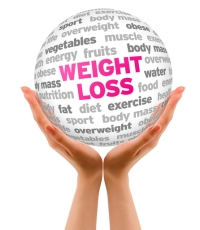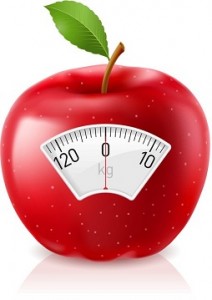 There’s no substitute for a good diet. Avoiding the unhealthy and favoring the healthy is the only sustainable solution for weight loss, energy, and overall better health. The eating public has understood this for decades now, and a large industry has grown up around the market for healthy foods. But because there was money to be made, not everything with a green package was quite as healthy as one might assume. Government regulations have attempted to rein in the worst offenders, but a new trick emerges every day.
There’s no substitute for a good diet. Avoiding the unhealthy and favoring the healthy is the only sustainable solution for weight loss, energy, and overall better health. The eating public has understood this for decades now, and a large industry has grown up around the market for healthy foods. But because there was money to be made, not everything with a green package was quite as healthy as one might assume. Government regulations have attempted to rein in the worst offenders, but a new trick emerges every day.
In order to avoid being taken for a high-calorie ride by dated or confusing information, educate yourself as a consumer and use these lessons to make better food decisions.
The Lags: Go Straight To The Source For Current Info
Getting the facts about what’s available and what’s truly healthy for a transition to a better diet can be difficult. National media will tell you a quick rundown of recent trends, but their reports are quick summations and often lag many months behind. Besides that, they have many other topics to cover, even if they run regular features on health.
Before you give up your search for facts, think of the companies that are working in healthy foods. How do they know what their customers like and don’t like? How do they get an idea of what is next? The answer is Food & Beverage market research, which follows consumer trends and assimilates the data into a usable format. There’s no quicker or more direct way to find out what’s winning the healthy eater’s dollar.
The Labels: Check The Ingredients!
This is fundamental nutrition thinking. The health craze of the 1980’s sent many people directly to the salad line, happy to be favoring a vegetable-based meal rather than one centered on deep-fried something. In time, though, they discovered that the dressings and cheeses they were using to add flavor were also adding buckets of calories and fat grams, completely defeating the purpose of shunning the rib roast.
So after that, along came light dressings with a solution evidently in the offing. In time, consumers discovered that many were gorged with sodium, or that the bad dietary news was disguised with tiny portion sizes, which brings us to the next point:
The Ladling: When Is A Serving Not A Serving?
 Frustrated with the gains they missed by glopping fatty dressings onto their iceberg lettuce, health-conscious consumers checked in on labels–and checked up on consumption. They quickly caught on that half as much of anything has half the calories, even with fatty foods.
Frustrated with the gains they missed by glopping fatty dressings onto their iceberg lettuce, health-conscious consumers checked in on labels–and checked up on consumption. They quickly caught on that half as much of anything has half the calories, even with fatty foods.
But that step requires some kind of jumping-off point; I’m eating half as many calories, but just how many is that? Nutritional requirements mandate that packaging includes the calories, fat grams, and so forth of a serving of the food contained therein. The soda industry found this rather unpleasant, so rather than report a 375-calorie content in a 20-ounce bottle of soda, they labeled those bottles as 2.5-serving units, getting the calories down to 150. Never mind the fact that no one ever drinks 40% of a 20-ounce bottle; that was what the industry went with.
So apart from the nutritional profile per serving, you should always be alert to the number of servings you’re consuming as well. Then be sure to multiply and get the correct profile of what’s going into your body.
The food industry is complicated. Trying to create products that satisfy a wide array of consumers gives many conflicting signals. As a result, there will always be higher-calorie, higher-fat, and higher-sodium offerings out there. That puts the burden on the eater to determine what’s best for their particular needs.
